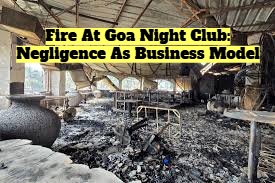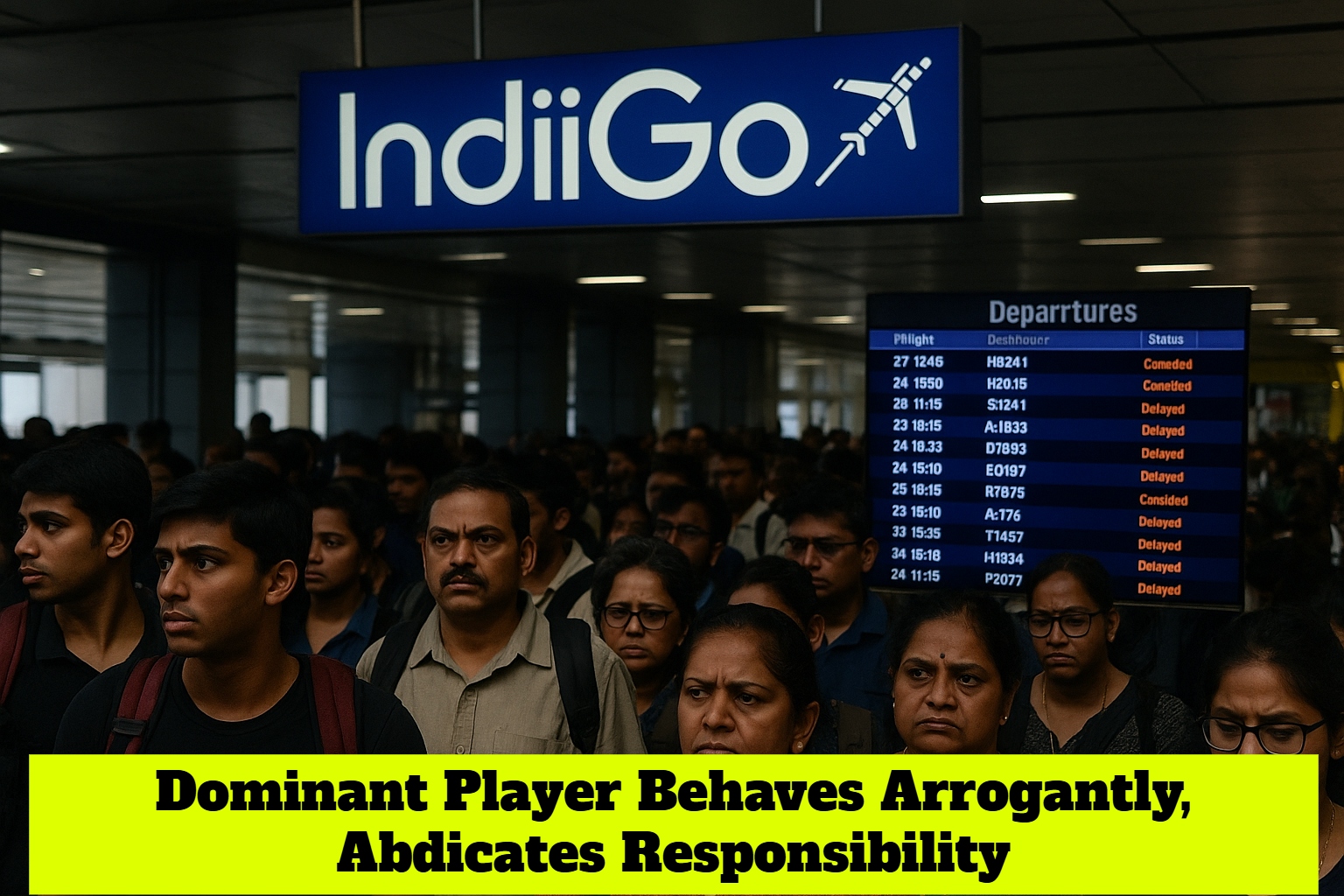

By Sunil Garodia
First publised on 2025-08-27 06:11:06
Amtek Auto, once a towering name in India's auto-component space, unraveled not by market rust but by a cunning web of financial deceit. The most explosive thread? A calculated share-price manipulation at its listed subsidiary, Castex Technologies, designed to trigger forced conversion of foreign bonds and shift the staggering burden of fiscal failure onto unsuspecting investors.
The Anatomy of the Scam
In mid-2015, Castex pulled off a steep rally - stock prices blasting from around Rs 62 to a dizzying Rs 360, a six-fold surge in just a few months. Suspicious, right? Bondholders soon raised alarms. They pointed at a clause in Castex's $200-million FCCBs: if the stock price held above Rs 160 for 30 trading days, the company could enforce conversion of debt to equity.
Numbers tell the tale: the stock hit the mark, thanks to nonstop 5% daily climbs - even when broader business logic didn't back such gains. This abrupt spike, without concrete performance drivers, reeked of manipulation. SEBI eventually stepped in, but only after the damage was done.
Then came the broader collapse. A whistleblower accused the Amtek promoters of orchestrating a Rs 12,000-crore fraud - loans siphoned through hundreds of shell entities, auditors who turned a blind eye, banks asleep at the wheel. By 2025, the Enforcement Directorate had frozen thousands of crores in assets and filed prosecution complaints naming promoters, accountants, bankers, resolution pros, and stock operators - all accused of manipulating share prices, abusing insolvency rules, and laundering bank loans.
Regulatory Shortcomings Laid Bare
This saga exposes alarming systemic cracks:
1. Blind Spots in Monitoring Price Pumps
SEBI scrambled into investigation only after bondholders flagged the manipulation. What if bondholders hadn't noticed? Markets should have mechanisms to flag unnatural price-volume patterns proactively.
2. Disclosure Loopholes and Insider Blind-Spots
Amtek failed to disclose critical pledge invocations of Castex shares in 2015 - six undisclosed events between March and September. This violated norms, yet the penalty imposed was negligible compared to the scale of deceit.
3. Complicit or Complacent Gatekeepers
Forensic auditors, resolution professionals, and banks failed to act - even after audits raised glaring red flags. Their silence allowed promoters to keep siphoning money for years.
4. Abuse of Insolvency Law (IBC)
Assets were quietly shifted to benami entities before resolution under IBC, enabling promoters to escape repercussions while creditors suffered massive haircuts.
5. Weak Enforcement and Scaled Penalties
Offenders of financial misconduct face small fines relative to the damage inflicted. Letting cases drag for years without decisive legal action prolongs victim suffering and invites impunity.
What Must Be Done
Strengthen Market Surveillance
SEBI needs real-time analytics to detect explosive trading volumes or price surges untethered from fundamentals. Patterns reminiscent of circular trading or pump-and-dump schemes should auto-trigger alerts.
Tougher Disclosure and Slashing Tolerance
Failure to report critical changes - like share pledges or major insider transactions - must attract fines proportional to damage, not token penalties.
Audit and Resolution Oversight
Forensic audit findings should automatically escalate to enforcement agencies, not be buried. Resolution professionals must have a clear legal duty to report fraud during insolvency proceedings.
IBC Safeguards
To prevent asset wear-down before insolvency, regulators should freeze key asset transfers once default is identified. Transaction trails to shell entities must face instant judicial scrutiny, not post-facto recovery.
Swift, Visible Enforcement
Regulators must act quickly when credible fraud is detected. Prosecution should be fast-tracked, bail harder to secure, and financial restitution prioritized.
Investor Awareness and Whistleblower Empowerment
Institutional investors and auditors should be encouraged to flag irregularities. Whistleblowers need real protection and incentives, because internal eyes often catch the rot first.
The Stakes
Amtek's collapse wasn't a business failure; it was a deliberate erosion of trust: siphoning off public bank funds, manipulating markets, and exploiting regulatory inertia. Thousands of crores of taxpayer-backed bank loans evaporated, and countless innocent investors - bondholders, mutual funds, small shareholders - were collateral damage.
If the regulatory framework doesn't toughen, Amtek won't be the last. Public trust in markets, creditor confidence, and the promise of India's corporate governance rests on fixing these gaps. We need closer surveillance, sharper penalties, and faster justice. Only then can capital markets deliver their promise - rather than become playgrounds for the artful dodger.











